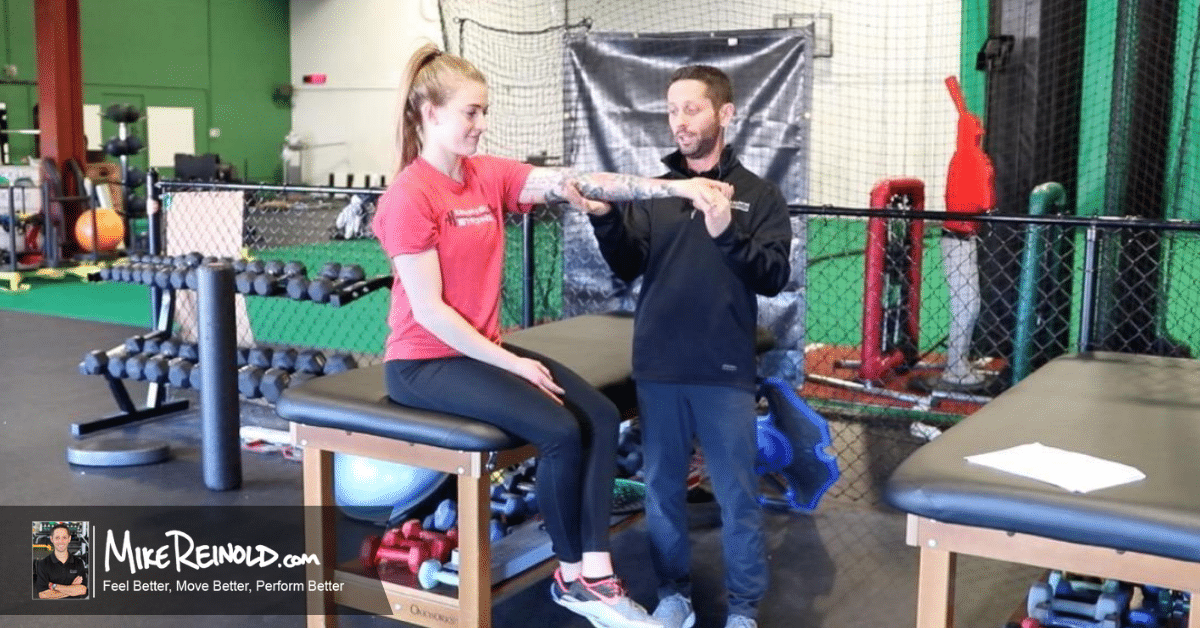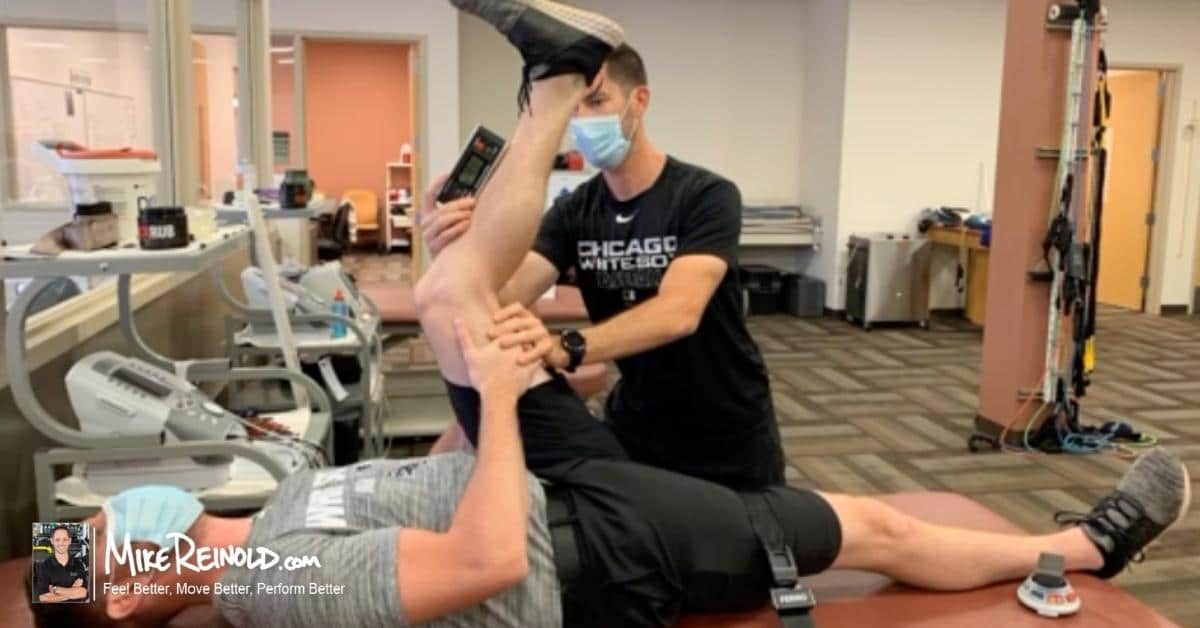The latest Inner Circle webinar recording on How to Perform a Thorough and Systematic Clinical Examination – Part 4 is now available.
How to Perform a Thorough and Systematic Clinical Examination – Part 4
This month’s Inner Circle webinar is on How to Perform a Thorough and Systematic Clinical Examination – Part 4. In this presentation, I discuss some of the concepts behind how to structure an excellent clinical examination process. This will assure that you are always following a systematic process to detect any structural and functional issues, and that you can easily create a plan of treatment to help the person reach their goals. This is part 4 of 4 and will focus on how to sequence your objective portion of your examination, as well as plenty of clinical pearls from experience. Part 4 is the 2nd half of the objective exam, focusing on motor control and special tests. There’s a ton of info here so I wanted to break it down in detail.
This webinar series will cover:
- The 4 main buckets of any clinical examination process
- How to assure you follow a systematic approach each and every time
- How to look for structural pathology, as well as find any suboptimal areas of function that may be related
- How to take your exam and make an effective assessment and treatment plan
To access this webinar:
- Inner Circle members click here to access the webinar
- Learn how to access this webinar and much more in my online Inner Circle Mentorship program





